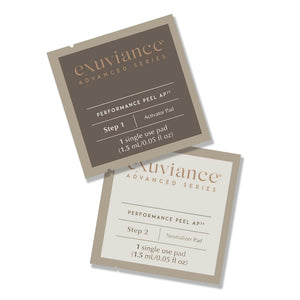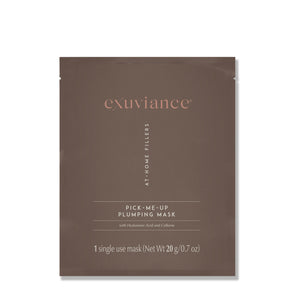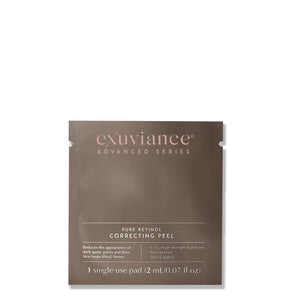Citric Acid is an alpha/beta hydroxy acid found naturally in citrus fruits such as lemons and limes. In skincare formulations, Citric Acid has protective antioxidant, and corrective antiaging effects helping to reverse visible signs of photodamage.
Citric Acid works by exfoliating the upper layer of dead skin cells to help clean pores, even skin tone and soften and smooth the skin. AHAs can also be used as pH adjusters. pH adjusters are ingredients added to products to ensure they are mild and non-irritating – not too acidic (low pH) or too basic (high pH). Most recently, Citric Acid has also been found to be important in healthy skin barrier function by maintaining the optimum level of pH in areas of the skin which are essential for normal skin barrier function.
The skincare benefits of Citric Acid include:
- Exfoliates to rid skin of dead cells, promoting exfoliation
- Helps to unclog pores
- Targets the skin’s hydrating support matrix to reduce the appearance of fine lines and wrinkles
- Helps to even skin tone
- Helps to brighten, soften and smooth the skin
Citric Acid is ideal for all ages and skin types.
VIEW ALL EXUVIANCE PRODUCTS WITH CITRIC ACID >
References- Green B, Bernstein E, Edison B. Citric acid: An α and β hydroxyacid for antiaging. Journal of the American Academy of Dermatology, March 2005, Volume 52, Issue 3, P87
- E. F. Bernstein, C. B. Underhill, J. Lakkakorpi et al., "Citric acid increases viable epidermal thickness and glycosaminoglycan content of sun-damaged skin," Dermatologic Surgery, vol. 23, no. 8, pp. 689–694, 1997.
- Kornhauser A, Coelho SG, Hearing VJ. Effects of cosmetic formulations containing hydroxyacids on sun-exposed skin: current applications and future developments. Dermatol Res Pract. 2012;2012:710893.
- SMITH, W. (1996), Comparative effectiveness of α‐ hydroxy acids on skin properties. International Journal of Cosmetic Science, 18: 75-83.
- Lee, Hae-Jin, Na Young Yoon, Noo Ri Lee, Minyoung Jung, Dong Hye Kim, and Eung Ho Choi. "Topical Acidic Cream Prevents the Development of Atopic Dermatitis- and Asthma- like Lesions in Murine Model."Experimental Dermatology Exp Dermatol 23.10 (2014): 736-41.




